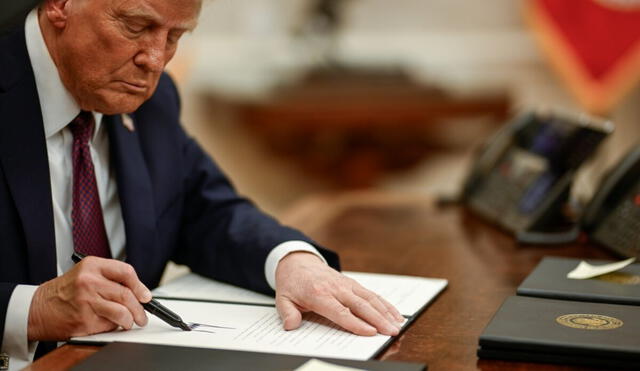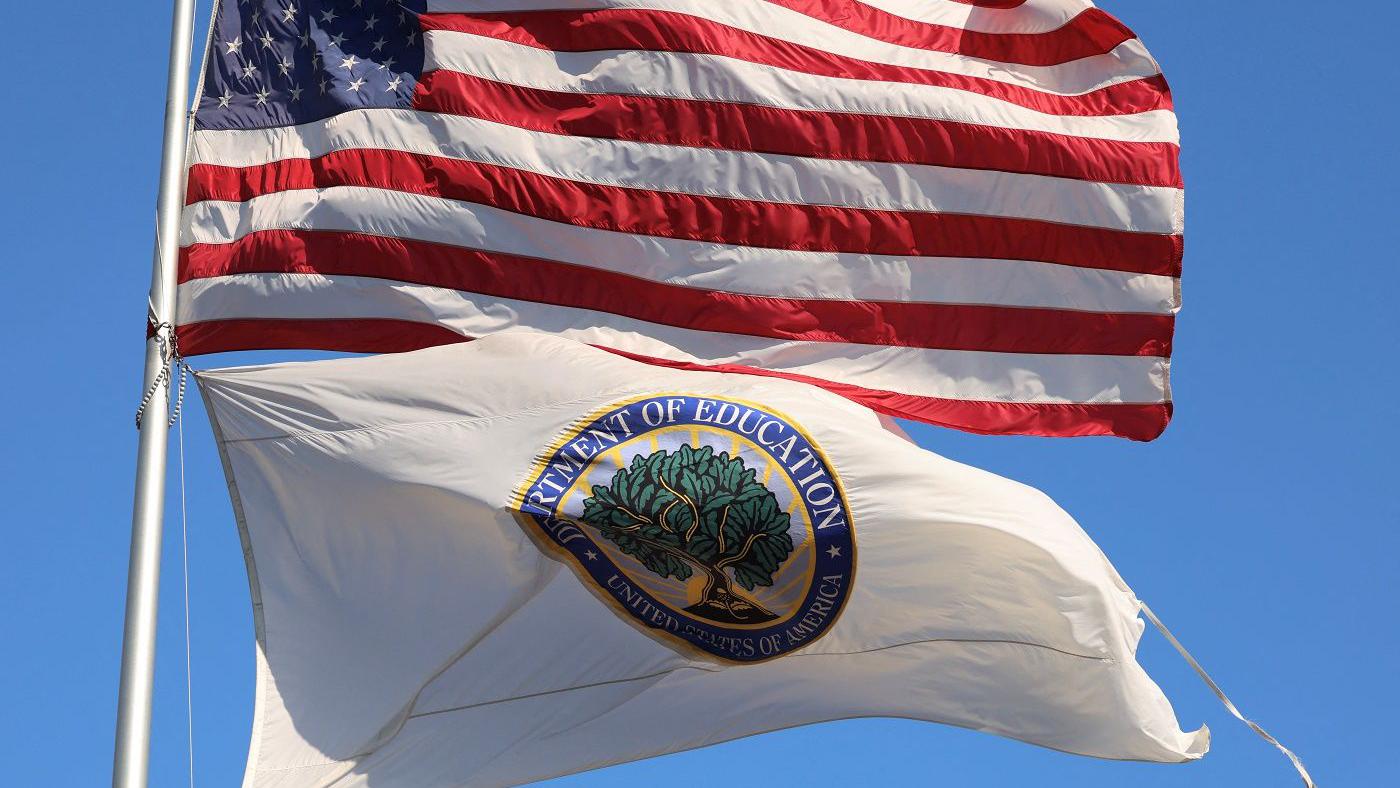Trump moves forward with executive order to dismantle the Department of Education - When will he sign?
Donald Trump’s executive order to dismantle the U.S. Education Department has sparked controversy. While some see it as a step toward reducing federal control, others fear it could disrupt vital funding and student support programs.

In a bold and controversial move, President Donald Trump is preparing to sign an executive order this Thursday that could significantly impact the future of the U.S. Department of Education. This order aims to begin the dismantling process of the department, a move that would align with his ongoing goal to reduce the size of the federal government. Despite the challenges he faces in making this a reality, the plan would direct the Secretary of Education to take steps towards shrinking the department’s operations.
This effort to wind down the Education Department is not without opposition. Critics argue that it could destabilize key federal programs that fund American schools, particularly those benefiting low-income students. However, Trump’s allies believe that this move will ultimately lead to a more decentralized education system and could reduce government interference in local schools. Let’s delve into the implications of this executive order and explore what it could mean for students, educators, and the future of public education in the United States.

Trump orders Education, Labor and other departments to enhance school choice. Photo: NPR.
Key aspects of Trump’s plan to eliminate the Education Department and potential consequences
Trump's proposed executive order is part of a larger agenda to reduce the size of the federal government by targeting specific agencies. The Education Department, established in 1979, faces a potential overhaul, with funding programs like Title I, which supports low-income schools, possibly shifting to other departments. While federal funding only contributes a small percentage to public school budgets, these changes could have far-reaching effects on state education systems. According to some reports, Trump’s plan would involve pushing Congress to formally eliminate the department, a process that may require significant political support. However, the exact details of this proposal remain unclear, except the timeline, which will be this Thursday, as mentioned.
The consequences of closing the Education Department would be far-reaching and may disrupt several key functions, particularly in higher education. For instance, student loans and grants, which are primarily administered through this department, could experience delays or complications. Furthermore, Trump has proposed transferring the responsibility for accrediting universities to alternative agencies, which could create uncertainty for students and colleges alike. While supporters argue that decentralizing education could lead to better outcomes and more local control, others fear the loss of federal oversight may worsen existing inequalities in the education system.

What is the Department of Education - and can Trump dismantle it?. Photo: BBC.
Challenges to implementation and political opposition
While Trump’s proposal has garnered support from certain conservative factions, it faces significant challenges, particularly in Congress. Many Republican lawmakers have expressed concerns about the potential political fallout of eliminating the Education Department, especially given its funding provisions for state-level education. Moreover, some critics argue that Trump’s executive actions may not be enough to fully dismantle the department without the cooperation of Congress. Despite these hurdles, Trump’s administration has continued to press forward, with the aim of reshaping American education policy according to his vision.
Trump’s initiative to dissolve the department has garnered attention, not only from policymakers but also from teachers' unions. Linda McMahon, his nominee for Secretary of Education, has been tasked with leading this effort. However, the department’s potential elimination may face substantial resistance in Congress, where many members have historically opposed reductions in federal education spending. Even when Trump’s previous proposals sought to cut funding for education, Congress resisted, often increasing the budget instead.
Who is Linda McMahon?
Linda McMahon is a prominent Republican donor and former executive in the professional wrestling industry. She was appointed by President Donald Trump as the Secretary of the Department of Education in a move aimed at potentially reducing or even eliminating the agency. McMahon has been a key figure in Trump’s administration, previously serving as the Administrator of the Small Business Administration (SBA) from 2017 to 2019. Following her time at the SBA, she became the chair of the America First Policy Institute, a think tank aligned with Trump’s policies.
McMahon has long been a supporter of Trump’s efforts to limit government bureaucracy, with her nomination reflecting his broader goal to shrink the Department of Education. Despite Trump’s push to abolish the department, eliminating it entirely would require Congressional approval, a challenging task given the department’s significant role in funding K-12 education and managing a $1.6 trillion student loan portfolio.
In addition to her political career, McMahon is well-known for her association with World Wrestling Entertainment (WWE), where she played a crucial role in growing the company. While her new role focuses on reforming education, McMahon's broader political influence continues to shape policies in line with Trump’s vision.













